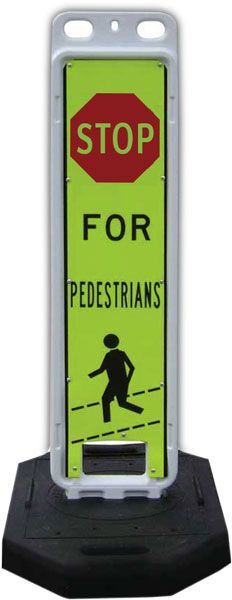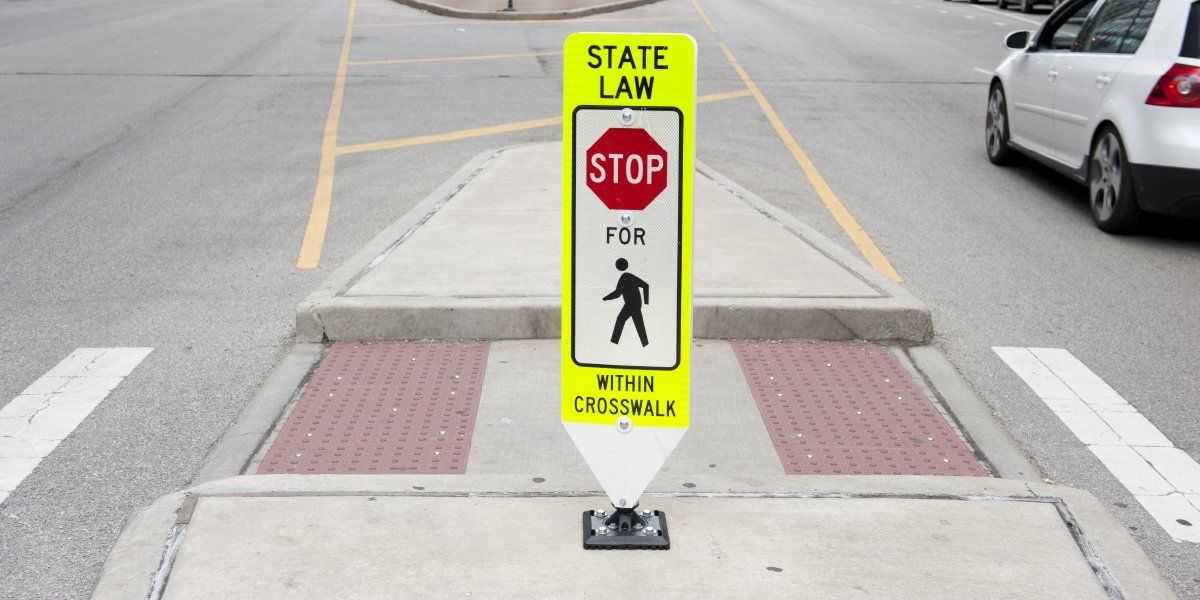Can’t Do or Won’t Do? Examining The Hurdles That Deter Targeted Behaviors

It’s a common scene in family households across the country: a parent implores their child to do their homework. Despite the instruction, the targeted behavior of completing the school assignment goes unfulfilled. Maybe their child even starts the work but hastily abandons the responsibility amid fury. The parent may perceive their child holds a performance deficit and won’t do their homework. But perhaps this scene reveals the child instead has a skill deficit and can’t do it, causing them to act out with inappropriate behavior.
A Can’t Do/Won’t Do Assessment examines whether unachieved targeted behaviors derive from motivational issues or lack of capabilities. Does the inappropriate response occur because they don’t have the repertoire of skills, or they won’t accomplish the targeted behavior because they receive more reinforcement for the negative behavior? The assessment identifies a reinforcing outcome for the target behavior in any given setting.
At Sparks Behavioral Services, we are determining in assessment plans if the client previously exhibited the skill required to complete the targeted behavior. Consider a client who becomes aggressively unbridled when told to do household chores. A Can’t Do/Won’t Do Assessment unearths if they are able to appropriately advocate for themselves (by saying no or requesting a break) or can complete the chore without issue. When instead of those responses, they counter the instruction with a temper tantrum, the assessment gets to the crux of the matter.
With this scenario, our assessment ascertains if the client lacks the language needed for a proper response or if misconduct is more reinforcing. The behavioral approach here may require first instructing the client how to communicate for a break. When they can accurately request one, the next step is introducing the verbiage (or a picture card) that relays they wish to cease the chore. Once the client accomplishes that behavior in the right setting, the availability of such a request slowly decreases incrementally (after 30 seconds they can ask for a break, then one minute, two minutes, etc.). The step-by-step process permits an opportunity for the client to break with appropriate behavior rather than inappropriate. In any given situation, no matter how intense an inappropriate behavior, the process starts with identifying if said behavior arrives easier for the client or if skill deficiencies are the root of the issue. Implementing these plans in our field are custom to the individual. From applying Differential Reinforcement to altering environments to decreasing reinforcers, there are numerous paths to reaching appropriate behaviors — but it all starts with the assessment.
For parents at home with children who struggle completing their homework, alleviating the situation can be difficult. Rather than perpetually saying “try harder,” approaching it like a Behavioral Analyst determines if the work is too difficult and effort remains a hurdle or if other aggravating factors are present. If the work’s hard, then break it up in segments. Or decipher what perquisite skills may be absent and develop those before returning to the assignment. Does the child have a friend they’d rather play with than finish assignments? Then establish an amount of the work that must be complete before play. These situations necessitate pinpointing the method that spur appropriate behavior within reason. It’s about discovering what works on both sides — not just instilling compliance in the child. Success hinges on establishing an environment that benefits the child toward the targeted behavior.
If an impasse occurs in these situations, what we refer to in our field as Learned Helplessness — the act of shutting down because it feels like there’s nothing you can do — can emerge. If a child cannot reach the targeted behavior, while the parent or caregiver remains unable to identify course correction, they start feeling immense anxiety that causes further aversion to the task at hand. This is the point where professional assistance can fulfill a Can’t Do/Won’t Do Assessment, develop a behavior plan, and cultivate an environment that produces appropriate and targeted behaviors.
Learn more about our behavior analytic consulting services.







